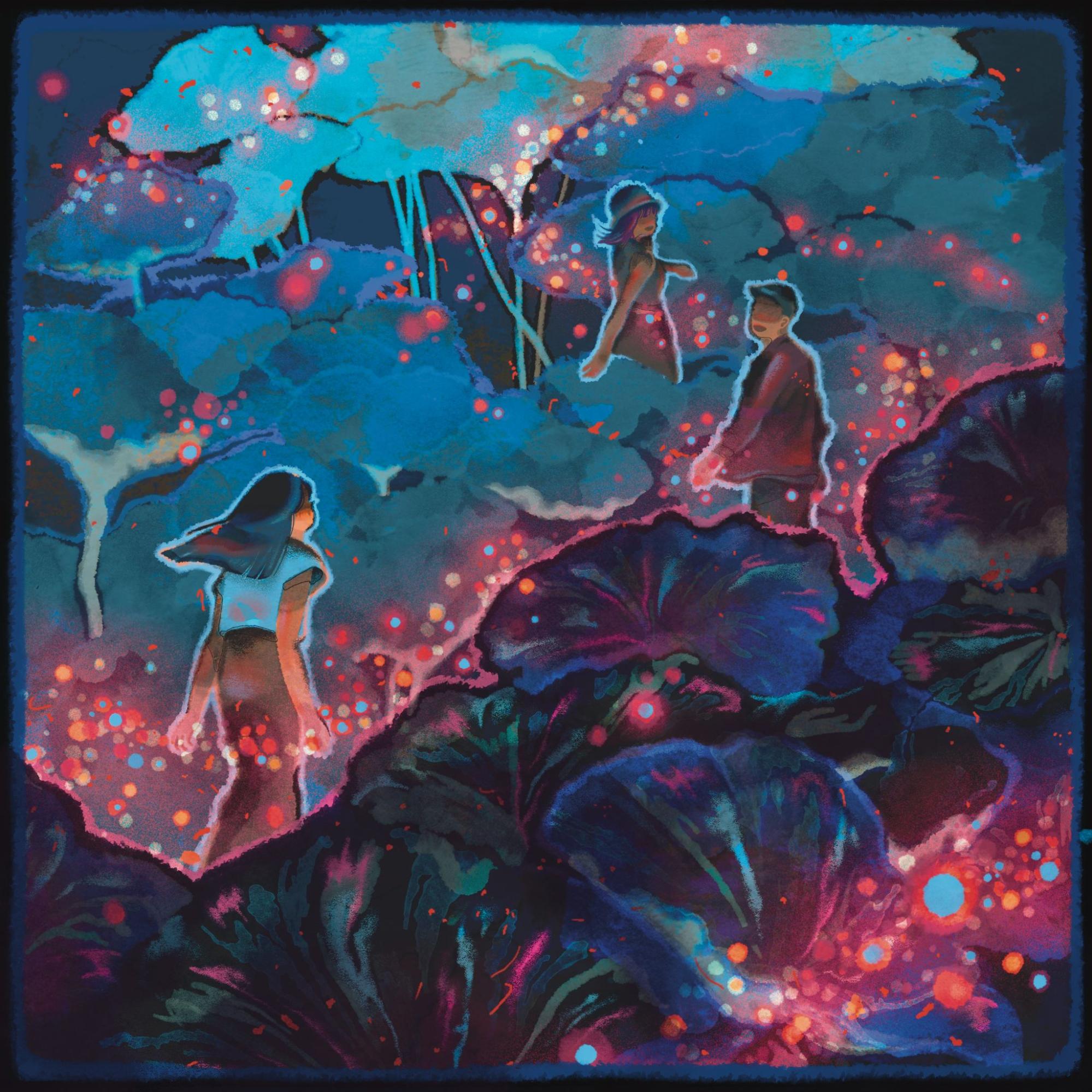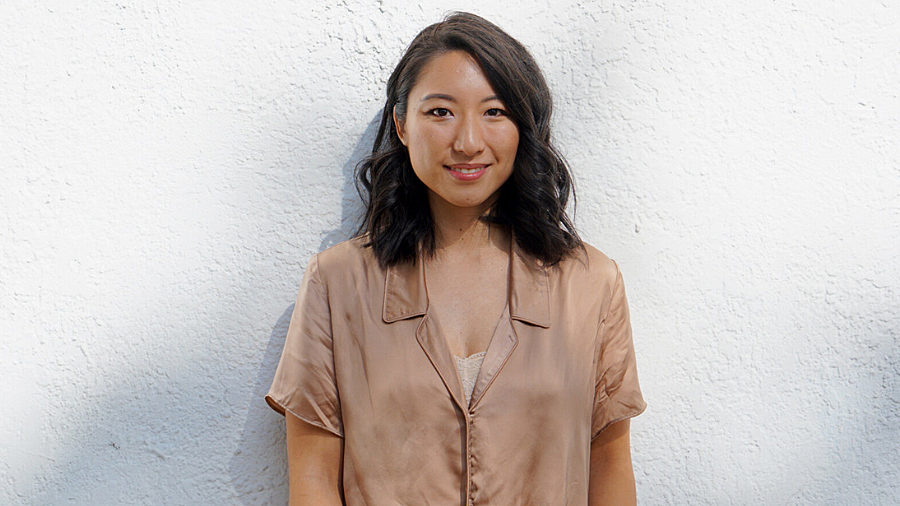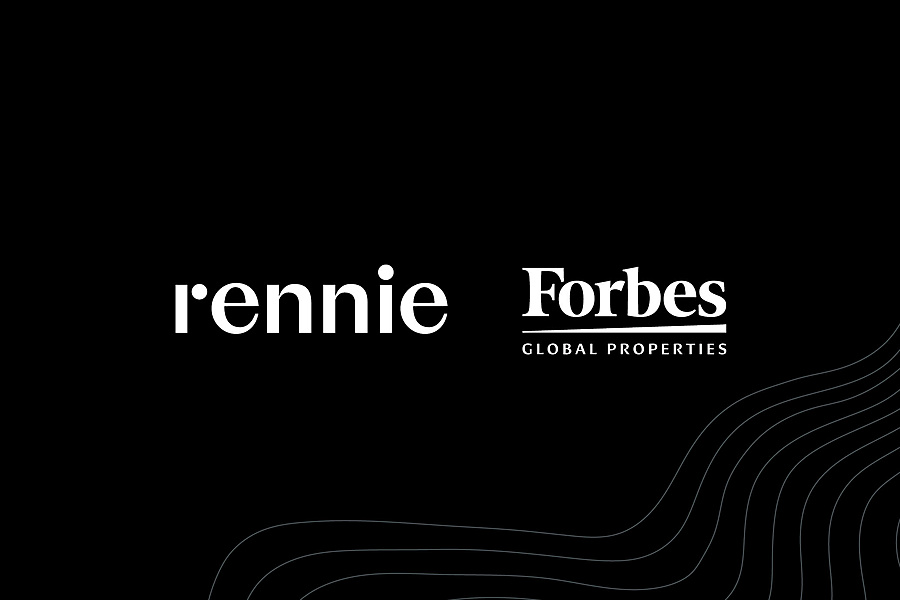rennie's Artist Program was created to celebrate local artists while recognizing significant cultural moments throughout the year. To celebrate the new year, we engaged local Vancouver illustrator and designer Rachel Wada to create an original artwork that conveys our optimism about the year ahead and the joy of starting a new chapter. Rachel’s illustrated work can be found across a variety of print mediums, ranging from newspapers and magazines to children’s book and murals. Keep reading to learn about her artist process, how her rich, multicultural heritage influences her visual style, and her intentions for the year ahead. 
Rachel Wada for rennie, December 2022
1. Tell me about your background as an artist. Did you always work as an illustrator, or was this particular medium something you were drawn to over time?
Like many aspiring artists, my love for drawing started during childhood. I grew up watching Sailor Moon religiously and reading lots of children’s books, which piqued my initial interest in visual art.
The career path of an “illustrator” is an interesting one in the sense that there’s no conventional roadmap for what that can look like. Drawing and painting went from a hobby to a possible career path once I entered University, where I pursued a Bachelor of Fine Arts in Illustration at Emily Carr University. The reason I gravitated towards illustration, in particular, was that I loved being able to capture ideas, communicate concepts and illuminate the written word. Many of the artists I admired had also considered themselves illustrators, so I was driven by my aspiration to strive for a career like my favourite artists. Victor Ngai, Yuko Shimizu, and James Jean - these were all household names in my Internet browser history as I religiously studied their portfolios and client lists.
As I learned more about the industry through the courses and professors at ECU, the commercial nature of the artist-client relationship, working with different clients such as publishers, newspapers and brands, and the work-for-hire model clicked more with me as opposed to pursuing a career in ‘Fine Art.’
2. As an illustrator, you bring words to life by creating visual accompaniments to essays, stories, and books, all while maintaining a strong sense of your artistic style. What is your process like?
My process typically begins with the source material, whether it be a news article, children’s book, or commercial project. I particularly gravitate towards the emotional undertone and subtle nuances behind the written piece and finding ways to inject additional layers into the written piece. Whether it is an emotional opinion piece, an informative article or a children’s book manuscript, the context of the written word influences what kind of artistic approach, visual elements, and colour palette for the final artwork.
3. You describe your visual style as "an amalgamation of cultural references and techniques that reflect the melting pot of [your] heritage" as a Japanese-Chinese person. Were these specific techniques something you set out to adopt from the beginning? How has your aesthetic evolved over your career?
Growing up in Japan, Hong Kong and China, my early interest in art naturally drew from these geographical influences. But what sparked the idea to consciously explore and incorporate aspects of my Japanese-Chinese background to develop my artistic style was in a fourth-year Illustration course at University. I had the honour of taking a course taught by the talented Keith Negley, who assigned us a semester-long self-directed project that could be about anything we wanted. I had a hard time narrowing down an idea, prompting a meeting with my professor about what to do. He’s the one that suggested considering who you are as an individual, how your life experiences influence your art, and what kind of unique voice or experience you want to share with the world. This advice prompted a self-directed project involving illustrations outlining my experience and identity as an immigrant and mixed race. I began to question how something looks “Chinese” or “Japanese” and how culture is reflected in various objects and art through visual motifs, techniques, materials, etc. I began experimenting with traditional mediums such as calligraphy, watercolour, ink and brushwork. Through this experimentation, I landed on a visual style that involved mixing traditional mediums such as brush and ink and combining it with digital mediums.
4. If you could illustrate any children's book, which would it be? Would it be something new, or would you want to breathe new life into a timeless classic?
It’s actually a dream of mine to one day write and illustrate my own children’s book! If I could choose any topic, I would love for it to be about something I enjoy. An educational book about food from different cultures would be super cool, as I am a bit of a foodie.
5. What does the new year mean to you?
The New Year, to me, is a time of reflection— reflecting on all the highs and lows and everything in between and on any lessons or learnings from the previous year that you want to carry forward for the new year ahead. There’s always a hint of hope, optimism and intention in the air.
6. Have you made any resolutions?
Self-development and mental health are top of mind this year! Learning to put me first, establishing a work-life balance, and being comfortable being who I am are the key intentions that I’d like to set for 2023.

news


